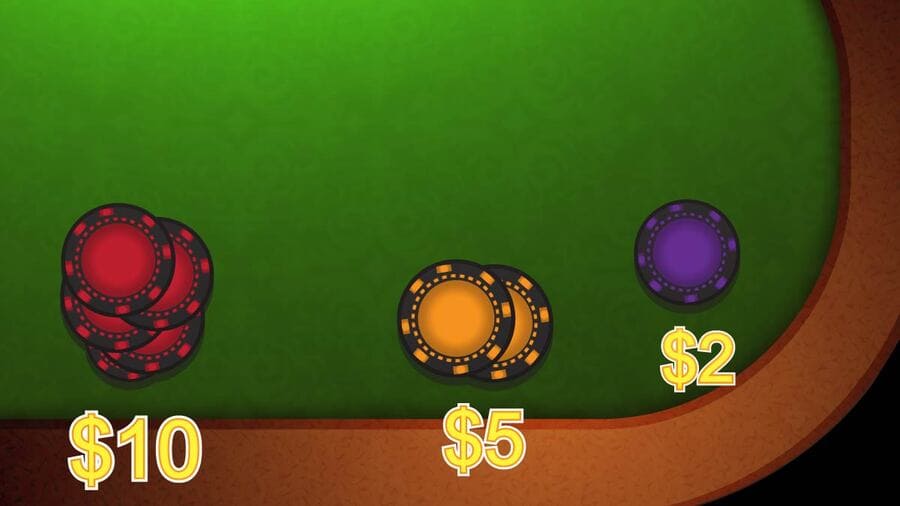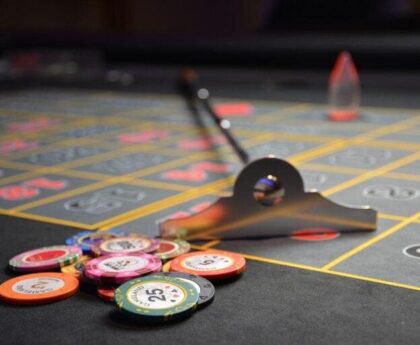What Is Straddle in Poker?
A straddle is a blind bet placed by the player immediately to the left of the big blind (under the gun, UTG). The straddle is live, meaning that if action returns to the straddler, they can choose to raise. Most public cardrooms require the straddle to be double the big blind. In some games, house rules may allow the straddle to be re-straddled if there are no other raises or re-raises.
The straddle is usually a bet of the minimum amount required to open the action in the current round. In no-limit and pot-limit games, this amount is the big blind; in limit games it may be greater.
When a bet is made, the player who places it can call or raise; in most cases, they must do so with their entire stake. In some games, a player who makes a bet may borrow money to do so. However, this is not allowed in tournaments and if the opponent re-raises or calls, the original bet is forfeited.
Players in a poker game act clockwise, starting with the player to the left of the dealer’s position. This can be an advantage for some players, as it allows them to see the flop first before other players have their chance to raise or fold. In addition, this also ensures that the dealer is always dealt cards.
Straddles can make the average pot size larger, but this does not necessarily mean that a player has a higher percentage of winning hands than if they did not straddle. In addition, straddles tend to reduce the number of big blinds in a game. This can make the game easier to play, but can also cause the player to lose more chips in a given hand.
Stacking in Poker
To aid in tracking bets, players stack the amount they have bet in the current round in front of them. This helps to avoid confusion over the true amount of a bet. It also provides a way to track how much each player has bet in each betting round, so that a player can calculate the pot size and decide whether or not to make a further bet.
Ante in Poker
A forced bet that all players put into the pot before the deal begins, the ante is a popular strategy at many tables. The ante may be a fixed amount, such as one unit or a half unit, or a proportion, such as a quarter of the minimum bet. The ante is generally a low-risk investment, and can be used to encourage players to keep putting chips into the pot when they would otherwise fold.
The ante is paid by every player at the table, and can be a significant amount. In games with high-limit tables, a bring-in can be paid by the player with the lowest card showing; in games with low-limit tables, it is often assigned to the player closest to the dealer in order of rotation.



